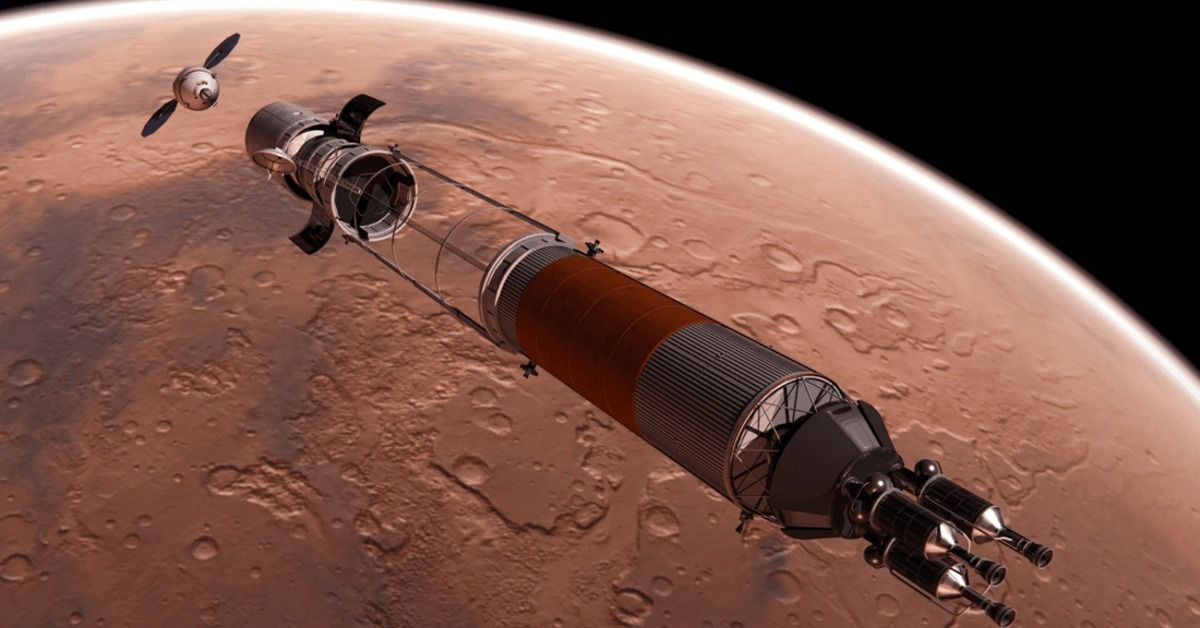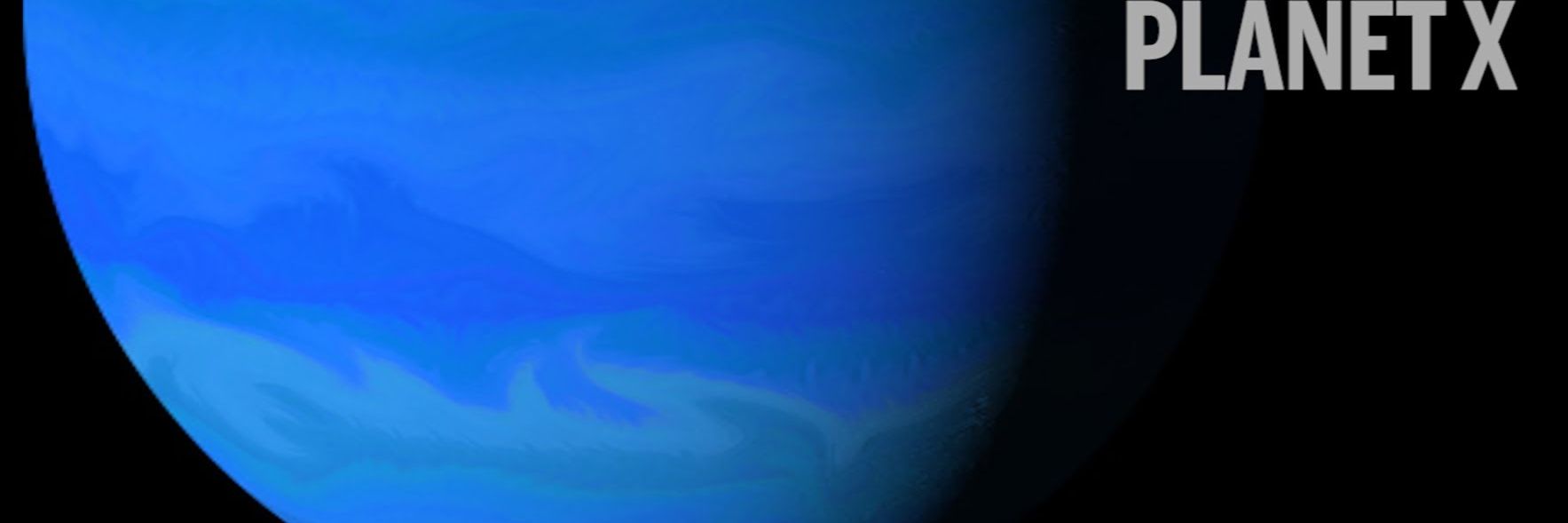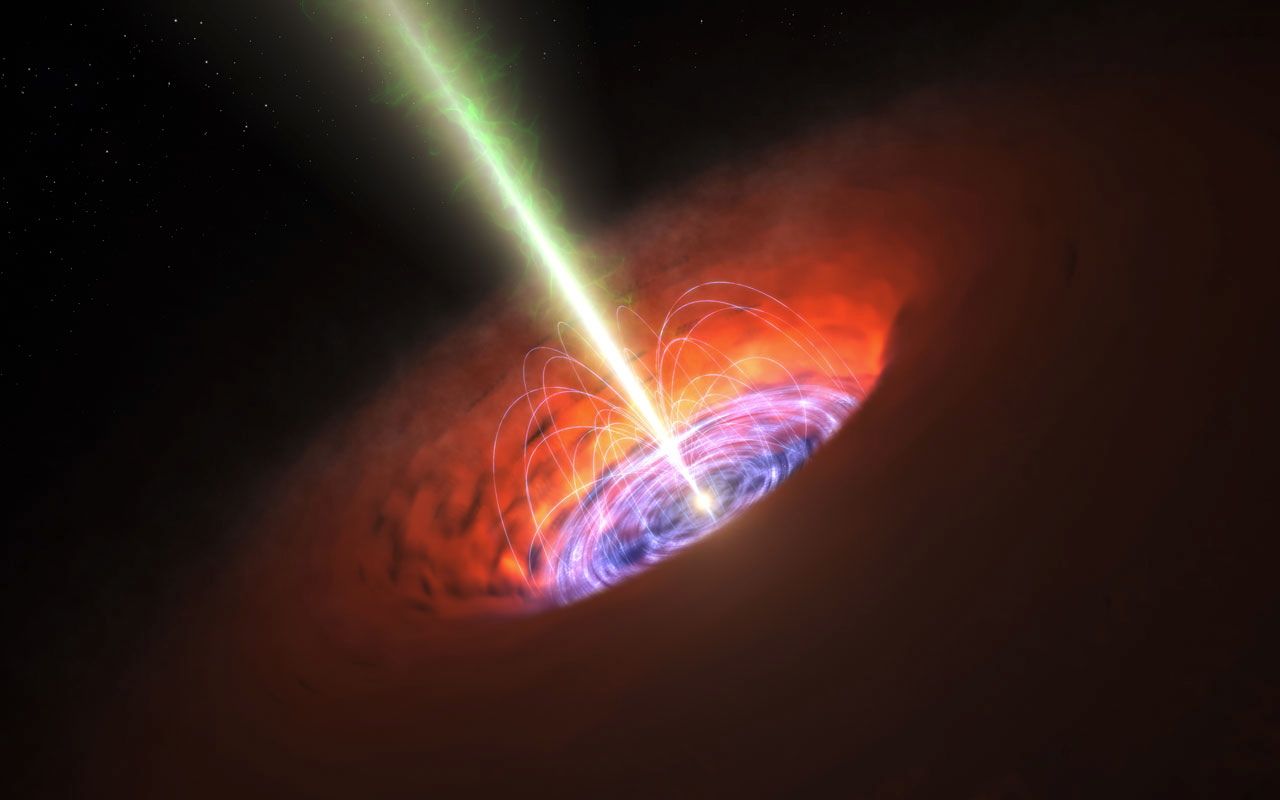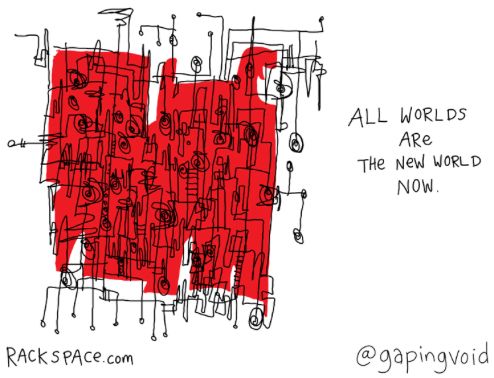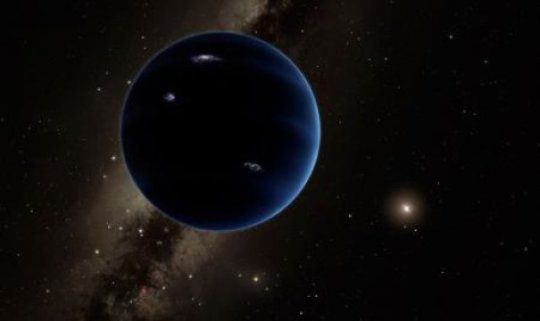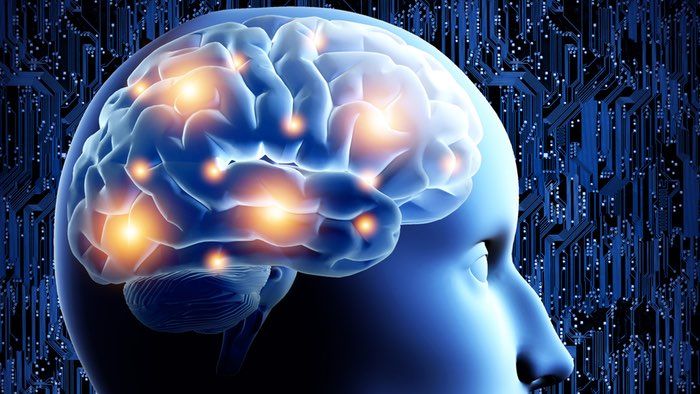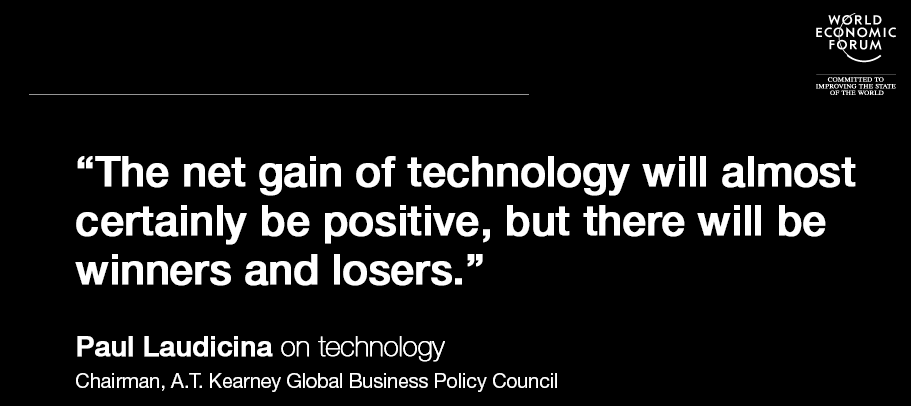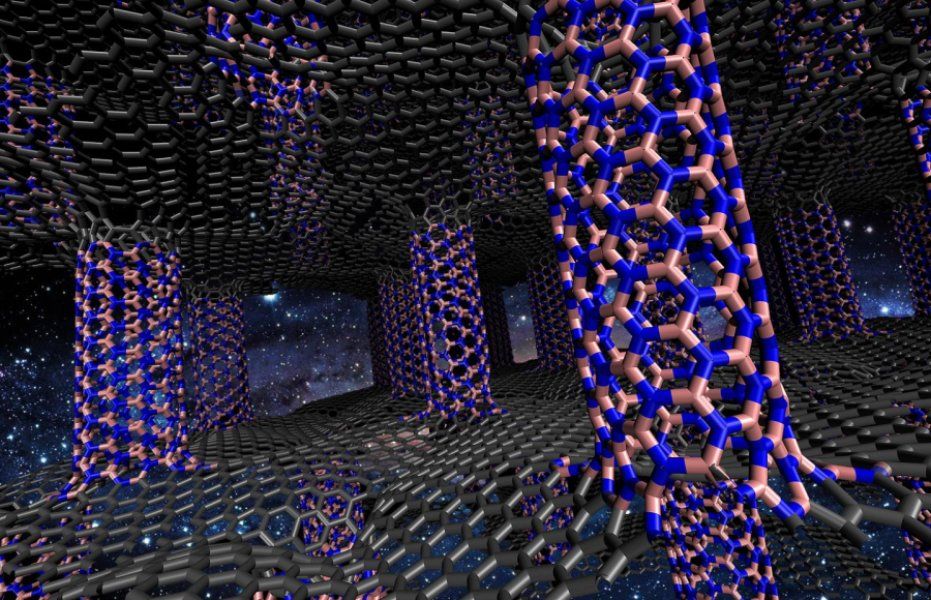Jan 20, 2016
The US Thinks China May Have Stolen Military Robot Designs
Posted by Dan Kummer in categories: military, robotics/AI, security
I see this competition now between the US vs Russia/China in robotics as a good thing. For one it will make the silly campaigns against robots go away, as this will now become a matter of national security to advance robotics. And, secondly, it will force the government to put up a huge amount of money into robotics research even if they didnt really want to; the old guys think robots are silly. What that means for us in the general public is that we will get robot caregivers much sooner than we thought thanks to all this defense spending on robotics.
U.S. officials have ordered an investigation into whether China might be gaining an unfair competitive advantage in the robotics race.


